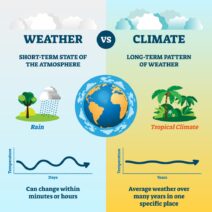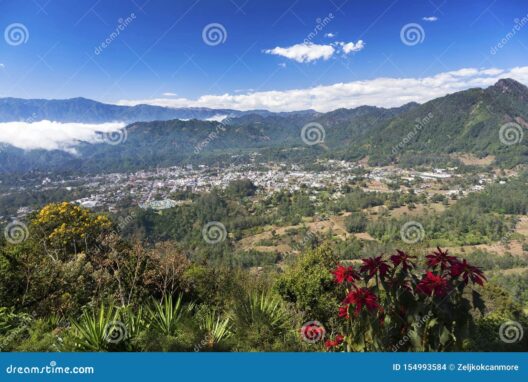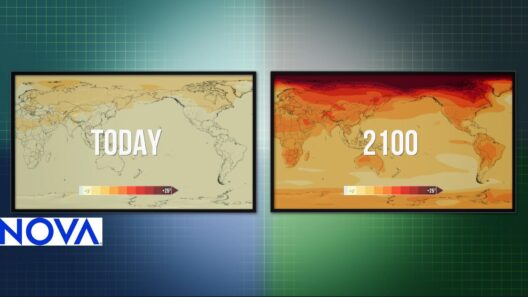Understanding the intricate relationship between solar activity and Earth’s climate patterns is an area of tremendous scientific intrigue. Through the ages, the Sun, our closest star, has wielded a profound influence on climatic conditions. This influence extends beyond mere warmth; it encompasses complex mechanisms that drive both localized and global climate phenomena. As we probe deeper into solar mysteries, we unravel the enigmatic forces that govern climate oscillations and anomalies, shedding light on the essential role the Sun plays in shaping our environment.
At the forefront of solar impact lies solar irradiance, which is the power per unit area received from the Sun in the form of electromagnetic radiation. Variations in solar irradiance, though subtle on the surface, can lead to significant climatic consequences. The Sun’s output is not constant; it ebbs and flows in an 11-year cycle known as the solar cycle. During periods of heightened activity, known as solar maximums, irradiance intensifies. Conversely, at solar minimums, irradiance diminishes. Despite the relatively minor fluctuation in total solar energy (about 0.1%), these variations can correlate with climatic shifts, particularly in the atmosphere and oceans.
One of the most captivating phenomena linked to solar activity is the nexus between the Sun’s magnetic field and Earth’s climate system. Solar flares and coronal mass ejections (CMEs) are manifestations of magnetic activity that can expel vast amounts of solar plasma into space. When directed towards Earth, this solar wind interacts with our magnetosphere, generating geomagnetic storms that can disrupt satellite communications and power grids. Yet, this interplay may also reveal interesting links to climatic conditions. For instance, some studies suggest an association between heightened solar activity and increased rainfall in certain regions, possibly through the modulation of atmospheric circulation patterns.
To explore further, one must consider the Sun’s influence over oceanic patterns. The ocean-atmosphere coupling is complex and influenced by variations in solar energy. The El Niño-Southern Oscillation (ENSO), a recurring climatic pattern characterized by variations in ocean temperatures in the equatorial Pacific, exhibits connections to solar cycles. Research indicates that solar activity may influence the frequency and intensity of El Niño events, causing broad-reaching impacts, from altered monsoons in Asia to severe droughts in Australia. These interactions underscore the Sun’s pivotal role in driving large-scale climatic upheavals.
Additionally, paleoclimate research provides a geological context for understanding solar impacts over millennia. Analysis of ice cores, tree rings, and sediment layers has unveiled correlations between solar cycles and climatic intervals throughout Earth’s history. For instance, the Maunder Minimum, a period of reduced solar activity during the 17th century, coincided with the Little Ice Age, marking global cooling. Such data reveals that while contemporary climate change is primarily driven by anthropogenic factors, solar influences should not be discounted in the broader historical context.
Furthermore, the concept of cosmic rays, which are high-energy particles originating from outside the Solar System, connects back to solar activity. Solar winds can modulate the flux of these cosmic rays reaching Earth. The hypothesis posits that increased cosmic ray penetration can enhance cloud formation through ionization processes, potentially influencing climate. While evidence remains circumstantial, this intriguing relationship reinforces the complexity of solar-climate interactions.
Contemporary climate science has increasingly embraced interdisciplinary approaches to decipher these interactions. Modern tools such as satellite observations and climate modeling enable researchers to discern patterns where previously they remained hidden. With the advent of advanced technology, we can now monitor solar output in real time and model its potential impact on Earth’s atmosphere, providing invaluable insights into future climate scenarios.
More importantly, acknowledging the role of solar activity in the climate system is crucial as we face the dual challenge of climate change and sustainability. Scientists stress the importance of discerning natural variability from anthropogenic influences in climate trends. This understanding enables more accurate forecasting of climate extremes and can assist in devising mitigation strategies aimed at enhancing societal resilience against climate variability.
The Sun’s mysteries continue to captivate scientists and environmentalists alike. Each cycle and fluctuation invites inquiry and deepens our understanding of the Earth’s intricate climate system. As research advances, it is essential to communicate these findings effectively, forming a bridge between scientific disciplines and the public domain. Recognizing the Sun’s pivotal role in climate dynamics fosters a more nuanced dialogue around strategies for climate adaptation and sustainable management of our resources.
In conclusion, the relationship between solar activity and climatic patterns offers a fascinating glimpse into the broader environmental tapestry. As we stand on the precipice of environmental challenges, maintaining a holistic view of our climate system is crucial. Emphasizing historical context through paleoclimatology, leveraging modern technology for real-time insights, and fostering scientific literacy will collectively empower society in facing the complexities of climate change. The Sun will continue to be a vital player in this unfolding narrative, illuminating pathways for future discovery and adaptation.







